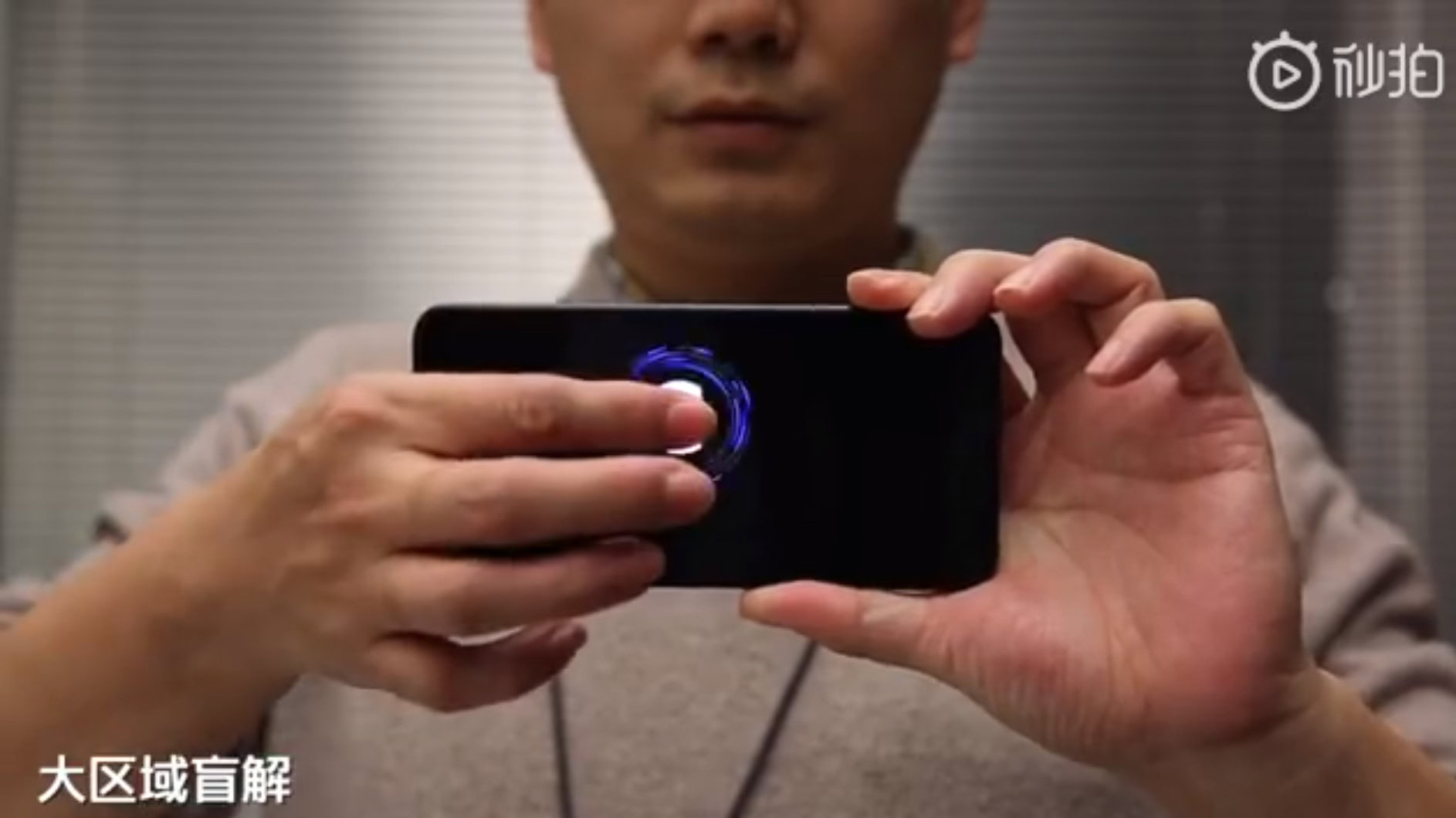Affiliate links on Android Authority may earn us a commission. Learn more.
Xiaomi's new in-display fingerprint sensor solves one big issue

2018 was the year of the in-display fingerprint sensor, as everyone from Oppo and Vivo to Huawei and Xiaomi adopted the feature. It now seems like Xiaomi is readying an improved take on the technology, as it’s reportedly demonstrated an in-display sensor capable of reading a wider area.
Xiaomi co-founder Bin Lin posted a video to Weibo (via GSMArena), showing a prototype with the new fingerprint scanner. The video has since been uploaded to YouTube — check it out below.
As you can see, this solves one of the biggest problems with today’s in-display sensors. Whether it’s the OnePlus 6T or the HUAWEI Mate 20 Pro, they all only read one tiny area of your screen. This means you have to be very specific about where you tap your finger, and makes it almost impossible to unlock your phone without looking at the display.
According to a translation of the Xiaomi co-founder’s Weibo post, the active authentication area is 25mm x 50.2mm. That isn’t nearly as big as half a screen, like the vivo Apex concept, but it’s an exponentially bigger area than that found on commercially available in-display fingerprint sensors right now.
Lin’s post says Xiaomi will consider adding the technology to future phones if consumers want it. That means we’re probably not going to see the tech on Xiaomi’s next Mi flagship. It’s unclear which company is behind the improved in-display fingerprint sensor, but Goodix and Synaptics are the two leading players in the field.
Xiaomi isn’t the only company demonstrating the tech this week, as Oppo has also reportedly shown off a similar solution today. OPPO’s variant covers 15 times the authentication area of current scanners, according to The Verge. The company will reportedly ship devices with the improved sensor later this year.